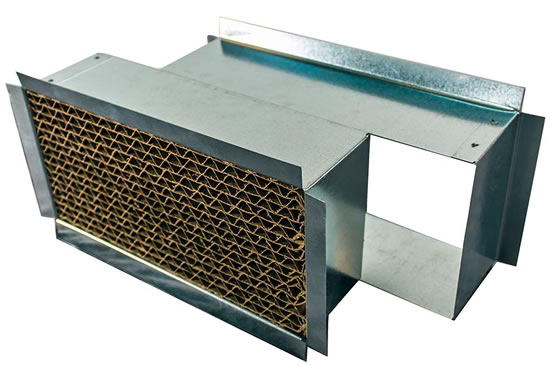

Indoor air quality is not a simple, easily defined concept like a desk or a leaky faucet. EPA estimates that poor indoor air may cost the nation tens of billions of dollars each year in lost productivity and medical care.įactors that Contribute to Indoor Air Quality While most buildings do not have severe indoor air quality problems, even well-run buildings can sometimes experience episodes of poor indoor air quality.Ī 1989 EPA Report to Congress concluded that improved indoor air quality can result in higher productivity and fewer lost work days. Several studies by EPA, states, and independent scientific panels have consistently ranked indoor air pollution as an important environmental health problem. Pollutants in our indoor environment can increase the risk of illness. Environmental Protection Agency (EPA) and others show that indoor environments sometimes can have levels of pollutants that are actually higher than levels found outside. Most Americans spend up to 90% of their time indoors and many spend most of their working hours in an office environment. Indoor air quality is a major concern to businesses, building managers, tenants and employees because it can impact the health, comfort, well being and productivity of building occupants. For these reasons, occupants and management in leased space buildings will need to closely coordinate their indoor environmental management strategies. Likewise, the occupants of such buildings may have little control over central building services such as heating and cooling, elevator services, housekeeping, and waste and pest management. In other buildings, where one or more building occupants rent space under separate leases, building management may have limited control over the day-to-day activities in the leased space. Some buildings are occupied entirely by the employees of the building owner, and in most of these buildings, the responsibility for indoor air quality management may be handled by a central department or office. Relationships and procedures between management and occupants will vary from building to building. Because good indoor air quality depends on the actions of everyone in the building, a partnership between building management and occupants is the best way to maintain a healthy and productive work space. This guide is intended to help people who work in office buildings learn about the factors that contribute to indoor air quality and comfort problems and the roles of building managers and occupants in maintaining a good indoor environment. Encourage building management to develop a preventive indoor air quality management program following guidance issued by EPA and the National Institute for Occupational Safety and Health (NIOSH).Work with building management and the contractor before you remodel or renovate to identify ways of keeping building occupant exposure to pollutants to a minimum and to ensure that the air distribution system is not disrupted.Work with the building manager to ensure use of only necessary and appropriate pest control practices, and nonchemical methods where possible.Integrate indoor air quality concerns into your purchasing decisions.Avoid procedures and products that can cause indoor air quality problems.Establish an effective smoking policy that protects nonsmokers from involuntary exposure to secondhand smoke.Coordinate with building management in instances when responsibility for design, operation and maintenance of the ventilation system is shared.Place office furniture and equipment with air circulation, temperature control, and pollutant removal functions of the heating, ventilating and air conditioning (HVAC) system in mind.Maintain a good working relationship with building management on indoor environmental issues.Notify your building or facility manager immediately if you suspect an indoor air quality problem.Avoid bringing products into the building that could release harmful or bothersome odors or contaminants.Dispose of garbage promptly and properly.Water and maintain office plants properly.Comply with the office and building smoking policy.What You Can Do to Improve the Indoor Air in Your Office: Find Regional and State Indoor Air Quality Contact Information.


If You Think Your Building Has an Indoor Air Quality Problem.What Building Facility Managers Can Do to Promote Good Indoor Air Quality.Indoor Air Quality is a Shared Responsibility.Factors that Affect Occupant Comfort and Productivity.Design, Maintenance and Operation of Building Ventilation Systems.Management of Pollutant Sources, both Inside and Outside the Building.Factors that Contribute to Indoor Air Quality.Printable Version of an Office Building Occupant's Guide to Indoor Air Quality (PDF)


 0 kommentar(er)
0 kommentar(er)
